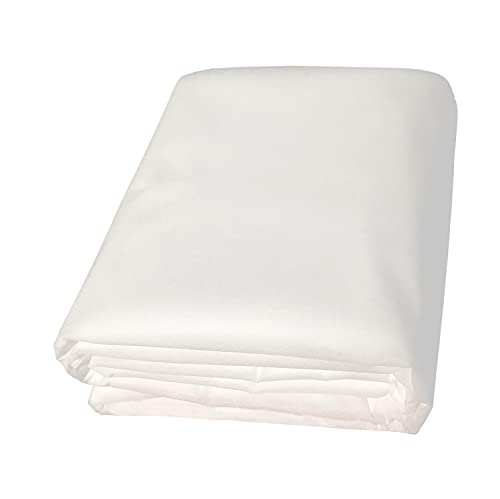How to overwinter lavender in pots – 3 ways to ensure healthy blooms next year
Set them up for another year of successful blooming
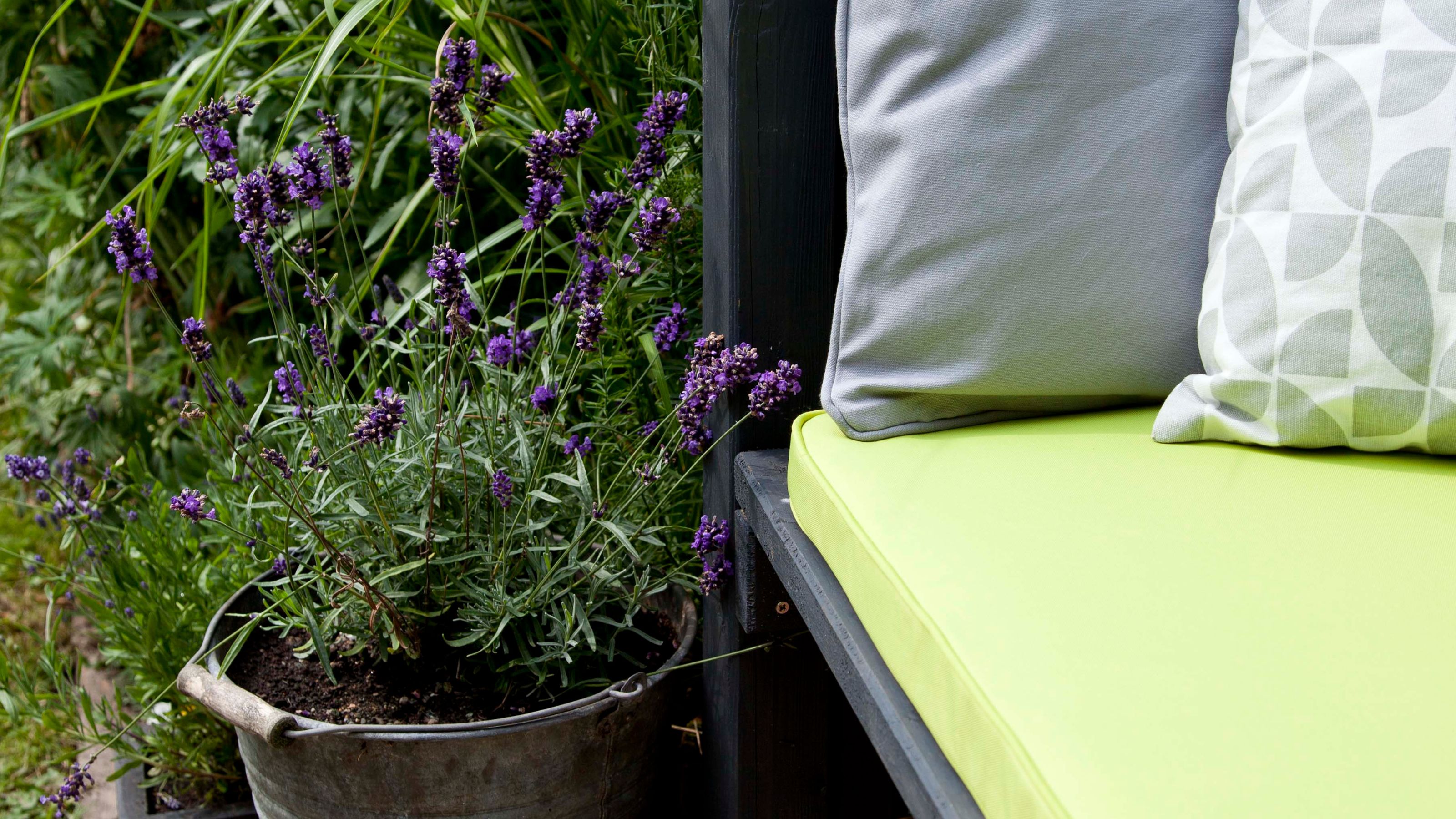

Sophie King
Lavender is a sensory treat, and thanks to its perennial nature, even container plants will bounce back next year with the right care. But first, you'll need to learn how to overwinter lavender in pots.
Left to fend for themselves, lavender plants in pots, especially less hardy varieties, are at greater risk from frosts and other harsh winter weather. If you know what overwintering is, you'll probably already be aware of its benefits – and if you avoid the most common overwintering mistakes, it could mean the difference between frost-bitten plants and healthy blooms next year.
So, if you finally learned how to grow lavender this year, don't let your efforts go to waste. Here's our guide to overwintering lavender in pots.
How to overwinter lavender in pots
If you've already figured out how to take lavender cuttings and how to prune lavender, you'll likely want to turn your attention to sussing out the skills you need to keep your plants alive until next summer.

Now, the good news: lavender – depending on the variety – tends to be pretty good at surviving the winter, with English lavender (Lavandula angustifolia) and its hybrids among the hardiest types.
That being said, plants in containers are always more susceptible to cold, as their roots are less insulated than in the ground. So, yes, there's a bit more to it when it comes to learning how to overwinter lavender in pots.
What you'll need
Before we dive into the how of how to overwinter lavender in pots, it's a good idea to work out what you will need:
Get the Ideal Home Newsletter
Sign up to our newsletter for style and decor inspiration, house makeovers, project advice and more.

Heavy duty plant protection fleece to keep your pots protected from the worst of the winter weather.
How-to guide
As mentioned already, it's actually very easy to learn how to overwinter lavender in pots – especially as many varieties can stay outdoors.
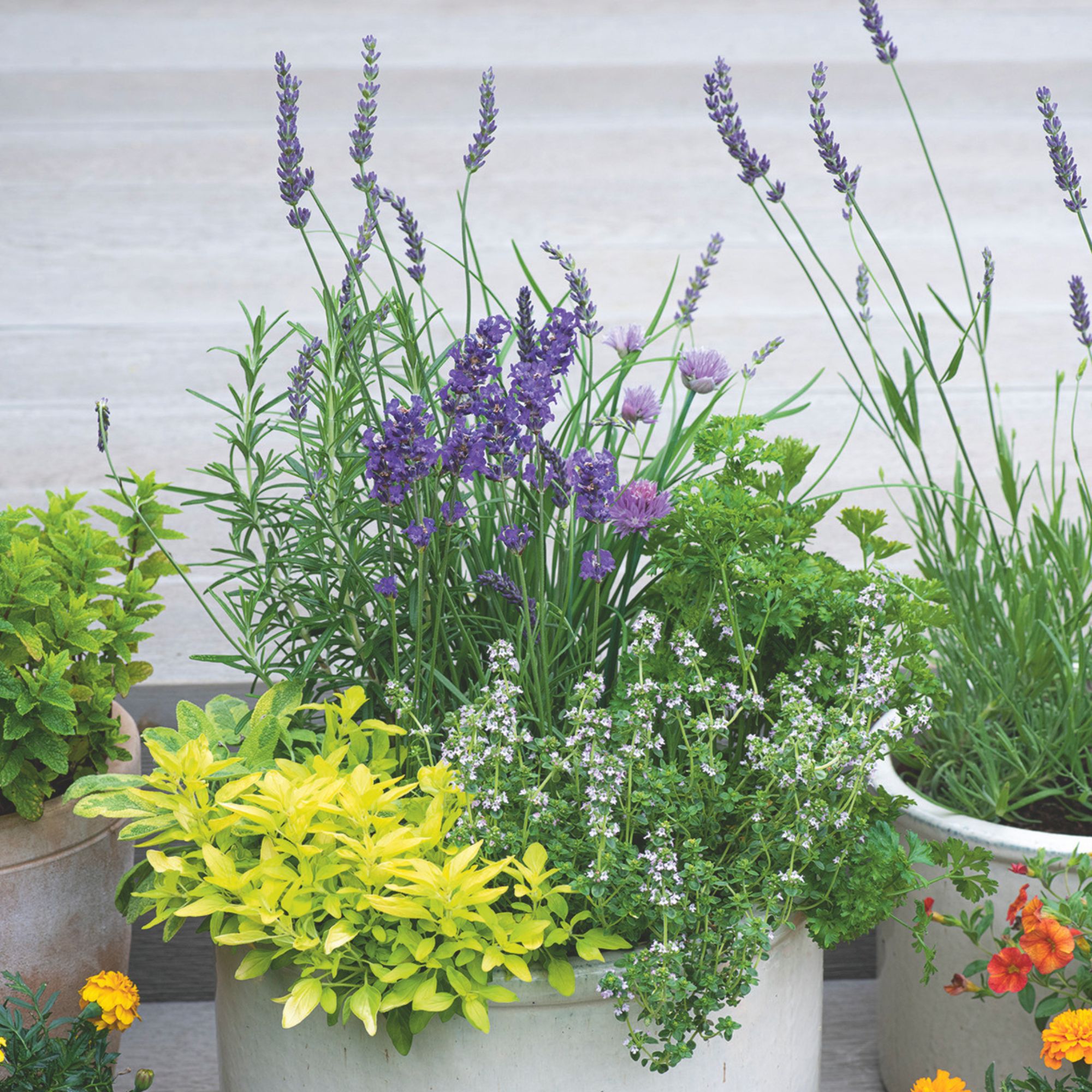
1. Check drainage
Before you think about overwintering your potted lavender plants, make sure they have enough drainage to cope with winter rainfall.
To start with, check the soil. 'English lavender can be overwintered in pots outdoors provided you have planted it in very well-draining soil,' explains Angela Slater, gardening expert at Hayes Garden World. 'If the compost is too heavy and water-retentive, the plant could rot'.
If you find that the soil is too heavy, consider incorporating some horticultural grit or organic matter like compost into the mix.

Angela holds a degree in Conservation and Land Management and has had an active interest in gardening since the age of six, helping her father out in the garden while he grew his own vegetables. She now owns a smallholding where she grows a selection of vegetables and soft fruit.
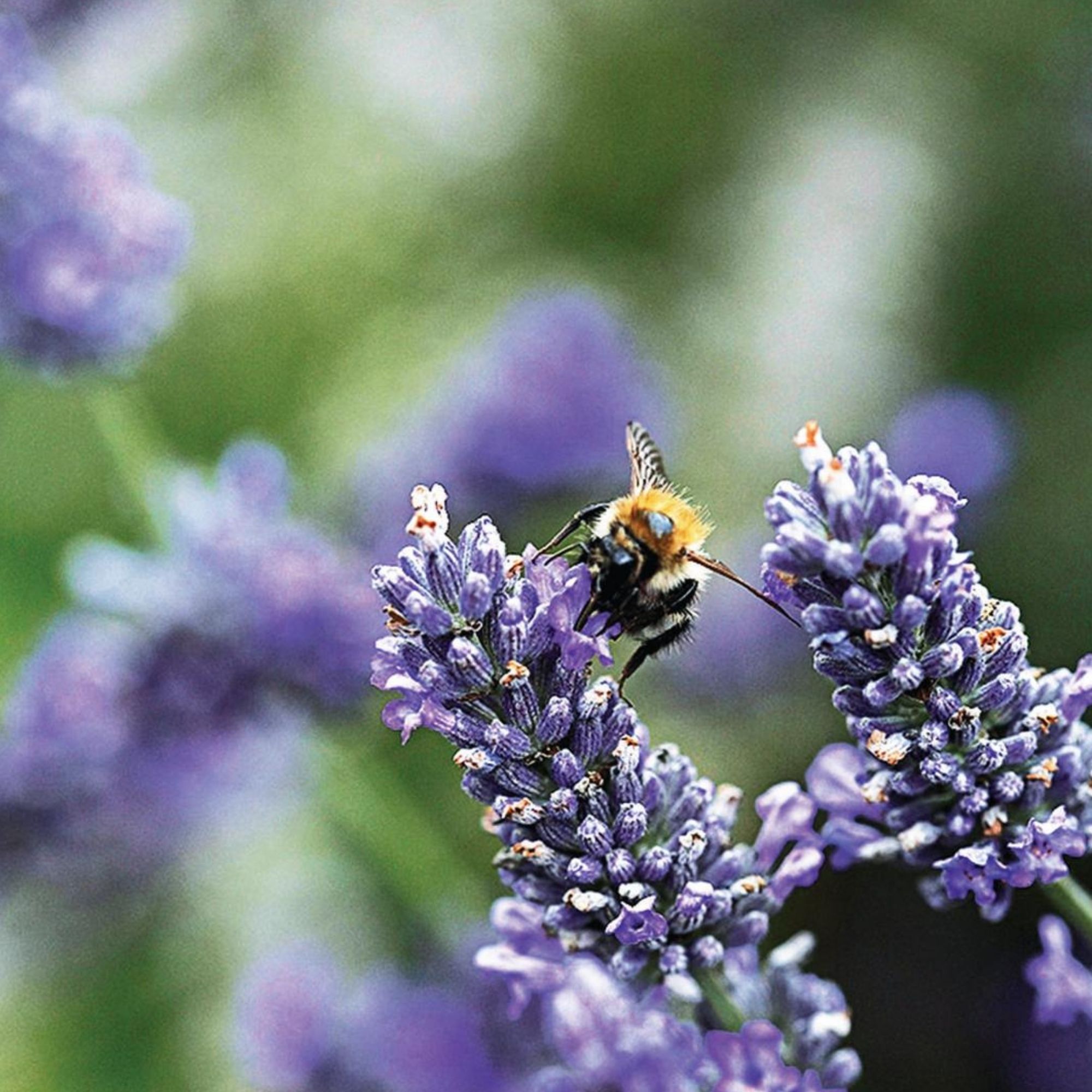
Next, look at the bottom of the pot. If your pots don't have good drainage holes, it's a good idea to add a few now. You can often use a sharp nail to punch holes in plastic planters, but you'll likely need a diamond drill bit if your pots are made of terracotta, glass, or ceramic.
Just be sure to drill slowly and steadily, and mark where you want to make your holes with a pencil before you start.
You could also lift the pots off of the ground for added drainage. 'Ensure the pot is raised off the ground with some pot feet or a couple of bricks to allow the water to escape,' advises Angela.
2. Move them to a sheltered location

Although many lavender varieties are hardy, moving potted plants to a sheltered location like the lee of a house or wall can protect them from harsher weather like heavy rain and wind.
'If the temperatures are forecast to be really low, I'd recommend moving the plant to a frost-free spot,' says Angela.
You could even go the extra mile and bring the plants indoors for the winter. 'To protect potted lavender, bring them indoors before the first frost and place them in a cool, unheated room with plenty of light,' advises Julian Palphramand, head of plants at British Garden Centres.
Wherever you leave your plants, they won't need very much in the way of water during the winter.
'Reduce watering significantly during the winter months,' says Julian. 'Apply mulch around the base of the plants to protect the roots from frost if you're leaving them outdoors.'
3. Wrap the pots in horticultural fleece
Our guide on how to overwinter lavender in pots wouldn't be complete without mentioning horticultural fleece.
Wrapping your pots in fleece or other variants of the best plant covers for winter will keep the frost off. 'Provide protection by wrapping the pots with insulating material,' agrees Morris Hankinson, managing director at Hopes Grove Nurseries.
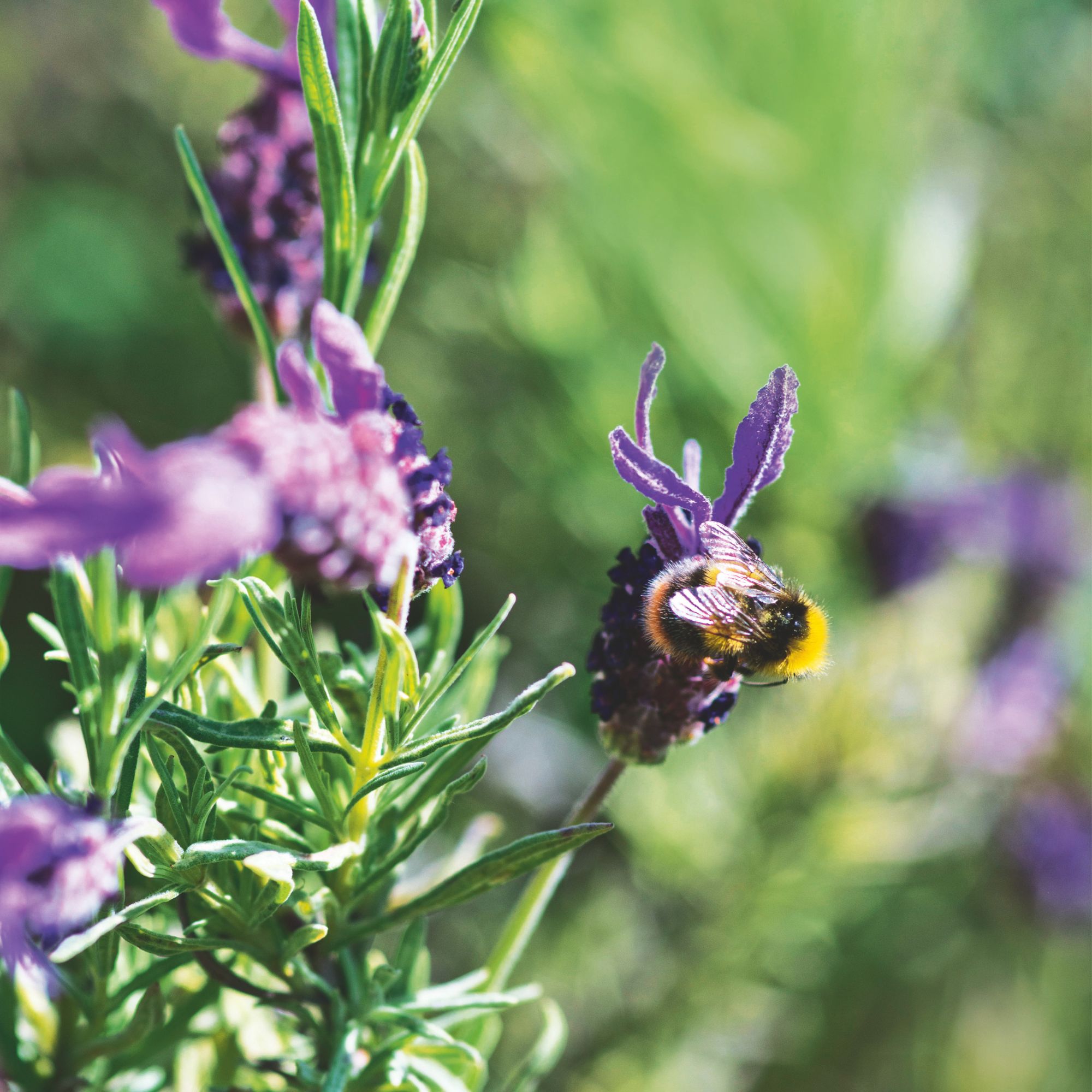
When it comes to lavender plants in the ground, you won't need to worry as much. Indeed, Christopher O'Donoghue, one of the co-directors of Gardens Revived, says very little needs to be done to overwinter these plants at all.
'You can protect them by mulching them with straw or hay,' says Christopher. 'And stop watering them – let Mother Nature take care of them while they're in their dormancy instead.'
FAQs
Do I need to cut back lavender for winter?
Wondering when to cut back lavender? Ideally, you'll have already pruned your lavender after it finished flowering in late summer.
Pruning your lavender too close to the first frosts can cause unnecessary damage to the plant, so it's best to wait until next year.
'Wait until late winter or early spring and cut it whilst it is dormant, just before it springs into growth,' advises Angela from Hayes Garden World. 'Don’t cut back into the old wood as this won’t regenerate.'
What if I forgot to cut back my lavender?
If you forgot to cut back your lavender this year, don't worry. It's more important that you wait until next spring, or late winter at the very earliest – when your plant will benefit from a trim – rather than rush pruning and potentially damage your plant in late autumn.
Basically, it's incredibly easy to winterise our potted lavender plants – just be prepared to move them so they enjoy a sunny, sheltered spot in your garden, wrap them in fleece, or bring them indoors for added protection.

Kayleigh Dray became Ideal Home’s Acting Content Editor in the spring of 2023, and is very excited to get to work. She joins the team after a decade-long career working as a journalist and editor across a number of leading lifestyle brands, both in-house and as a freelancer.
- Sophie KingGardens Editor
-
 Will a conservatory add value to your home and how can you maximise it?
Will a conservatory add value to your home and how can you maximise it?This is what the pros say
By Amy Reeves
-
 I’ve been looking for a new signature scent for my home and The White Company's new fragrance is the exact summer holiday smell I needed
I’ve been looking for a new signature scent for my home and The White Company's new fragrance is the exact summer holiday smell I neededSantorini smells fresh, summery and sophisticated
By Kezia Reynolds
-
 How to remove algae from garden walls in five steps – and the cleaning product experts rave about for tackling it fast
How to remove algae from garden walls in five steps – and the cleaning product experts rave about for tackling it fastExperts share their top tips for getting garden walls algae-free
By Katie Sims

